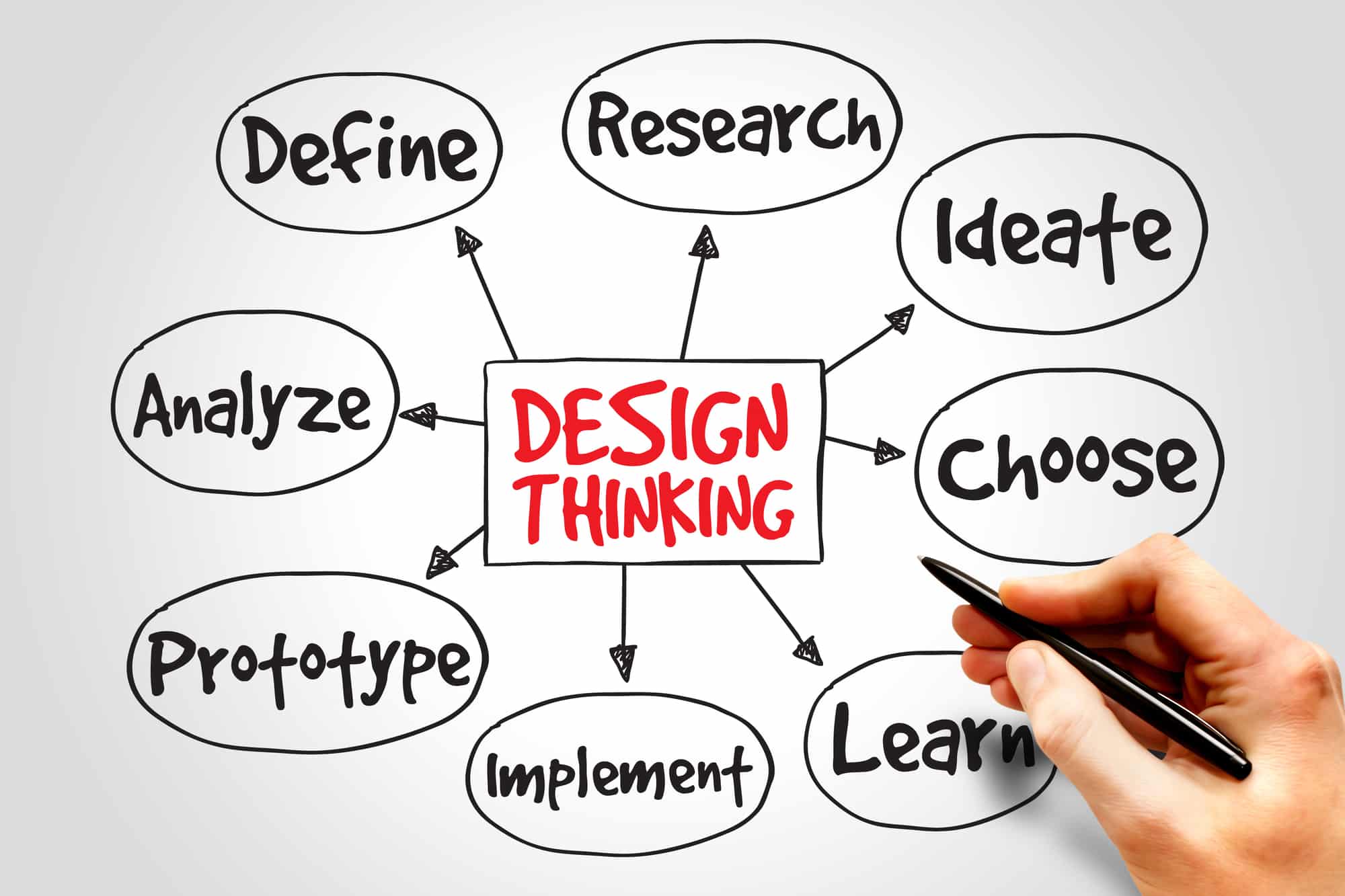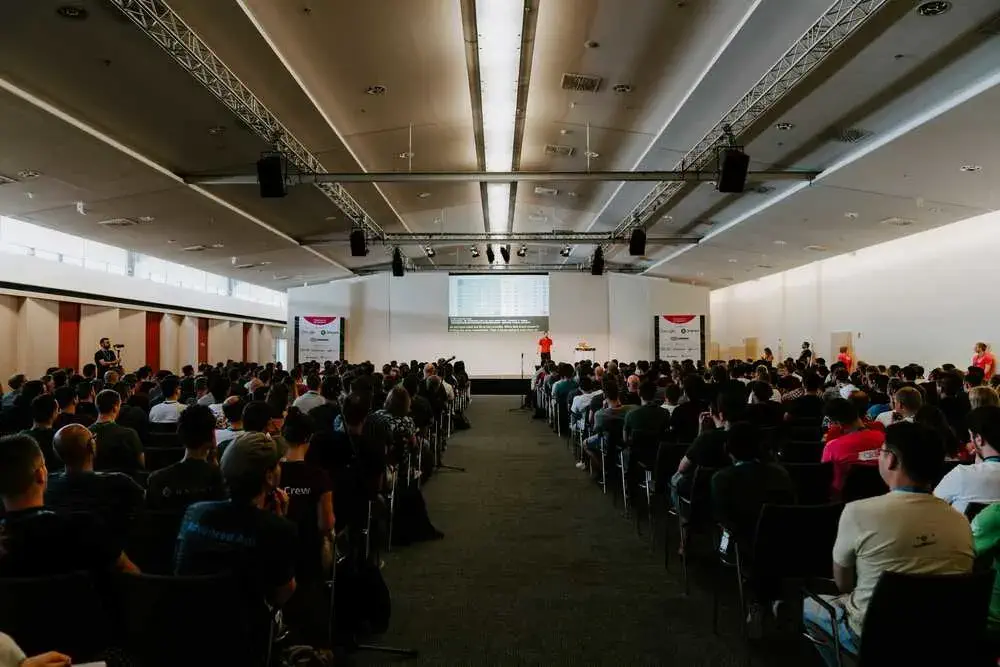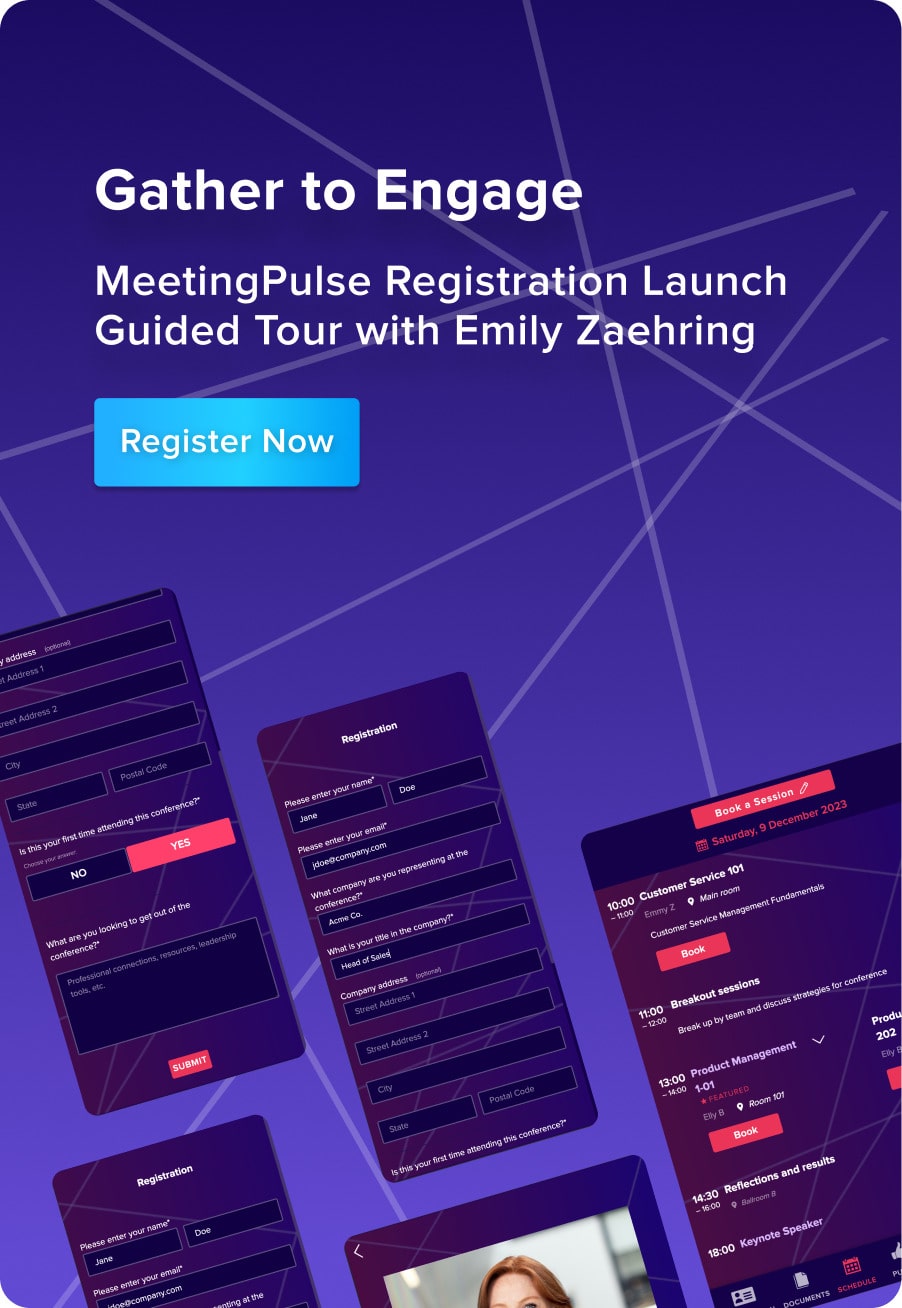While design thinking is typically viewed as an approach uniquely relevant to product design, it is a fancy term for an intuitive process that is fairly normal and natural to humans. In this sense, it can be applied successfully to a broad range of problems, including those that arise in the workplace.
According to IDEO‘s description at IDEO U,
Design thinking is a deeply human process that taps into abilities we all have but get overlooked by more conventional problem-solving practices. It relies on our ability to be intuitive, to recognize patterns, to construct ideas that are emotionally meaningful as well as functional, and to express ourselves through means beyond words or symbols.
Nobody wants to run an organization on feeling, intuition, and inspiration, but an over-reliance on the rational and the analytical can be just as risky. Design thinking provides an integrated third way.
Related: Let Executive Sponsors Drive Organizational Change
What is design thinking?
Since the dawn of humanity, people have been seeking solutions to problems.
First, a problem is identified. Perhaps a nut needs to be cracked.
Second, possible solutions are collected. Maybe you step on the nut, smash it with a rock, or hit it against a wall.
Third, you choose the solution that is most likely to work.
Fourth, you try it.
If your first proposed solution doesn’t work, you reconsider your failure and improve upon your proposed solution, given the insight gained from the previous cycle. In design, this is called prototyping.
Over time, you keep trying until you find a satisfactory solution. Ideally, the chosen solution is in balance with resource limitations, cultural norms, user needs, and other subtleties of the circumstance in which it will be applied. This, in short, is what design thinking is all about.
Design thinking, in the end, is an innate part of being human. Thanks to these natural human problem-solving methods, we learned how to make stone tools, then the agricultural revolution happened, and more recently, we went through the industrial revolution.
More recently, we’ve just packaged, refined, and named this method so that we can talk about it and mindfully apply it to new challenges more effectively.
Design thinking champions user empathy and takes business objectives into account. It represents a holistic and considerate approach to the complex challenges we face in these times of rapid technological and cultural change.
In short, design thinking combines our innate human ability to adapt to new challenges with more formalized processes of innovation and creating in the age of technology.
How can design thinking improve corporate culture?
When corporate culture and design thinking converge, insights rise to the surface like apples in water. Applying those insights, similarly, can feel like trying to bob for apples. It’s certainly not easy, but the apples are within reach — and at the end, your belly is full. It just takes a little bit of work, dedication, and humility.
Just like any other problem that needs to be solved among humans, corporate issues can be tackled via a design thinking approach. Rather than working with physical objects, you’re working with people, tools, and an organizational structure.
You identify possible problems, research, observe, come up with potential solutions. Then, test them mindfully until you arrive at a solution that is better than what you had before.
By continuing this process, you can go quite far in transforming group culture step-by-step. When it comes to cultural change, the turtle wins the race and patience is key.
Related: The Importance of Consistency Between Corporate Culture and Branding
Marco Candi’s double diamond approach
There are many perspectives on design thinking and corporate change out there. We’d like to share one of our more recent finds: an article by Marco Candi that touches on design thinking and culture change.
Candi is an organizational designer and innovation consultant based in New York. We highly recommend taking a deeper look into his perspective via his article in Flux.
In short, Candi created a double diamond approach, which is divided into four activities.
- Discover /Engagement — insight into the problem (diverging)
- Define/Synthesis — the area to focus upon (converging)
- Develop/ Ideation — potential solutions (diverging)
- Deliver /Implementation — solutions that work (converging)
According to Candi, the process of creating cultural change is much more successful when everyone is integrally involved — thus everyone feels ownership, turning it into a true process of co-creation:
For a sustainable transformation to be successful in any environment, where people can be confident rather than insecure about the change process, people must be the central part of this change. They need to be involved in the creation of change, and in leading it. When I discovered this secret during my research, things became much more easy and fun.
When developing a tool, development program, workshop, or anything which leads to a cultural shift (based on the HMW question), the secret is to let people lead this change. Therefore, one fundamental part of the shift process is to co-create it with the people from that specific culture.
Furthermore, Candi stresses the importance of identifying key blockages, like lack of empathy between traditional teams. Then, once the main block or issue is identified, it’s important to clarify a strategy. Then, rather than implementing major strategic changes suddenly, open your organization up to the joy of small wins:
“Small wins fuel transformative changes by leveraging tiny advantages into patterns that convince people that bigger achievements are within reach,” Charles Duhigg. Be calm.
Cultural transformation is a hardcore training for your psychological capability of being patient. Focus on simple things that in the long run can make a huge impact.
For example: look to implement an idea in one small team, instead of in the entire organisation at once.
According to Candi, the double diamond approach is not meant to be a fixed solution. On the contrary, it is a framework that has assisted Candi in redesigning many an organization. In his own words:
I would love to see the complex process broken down and co-created with other people, so that together we can quietly and patiently contemplate the joy of our collective souls: our organisations.
We encourage you to look more deeply into design thinking and to consider how it might be applied to the challenges faced by your organization. Furthermore, look more deeply into Candi’s work and that of others in this exciting contemporary field of design thinking in the context of corporate culture.
Other suggested readings in this field include Tim Brown’s Change by Design: How Design Thinking Transforms Organizations and Inspires Innovation, Jeanne Liedtka’s Solving Problems with Design Thinking, and Richard Buchanan’s Wild Thinking: 25 Unconventional Ideas to Grow Your Brand and Your Business.
With the digital age ushering in more tools and resources for innovative design thinking, this strategy addresses complex problems with holistic, in-depth solutions.
At MeetingPulse, we believe in approaching cultural change gradually and holistically. Although one might see corporate culture as an animal unto itself, or a nut that’s hard to crack, each business is simply a group of humans trying to solve problems together. Each has a culture unto itself.
At MeetingPulse we are passionate about providing guidance and communicative tools that improve corporate culture.
MeetingPulse is a simple, easy-to-use browser-based employee feedback app that enables members of an organization to efficiently communicate with higher levels of trust and empathy.
We provide real-time survey tools and live online polling software via any device, so members of your organization will never need to download an app.
Contact us for more information about our feedback app or click on “Keep Me Posted” on our blog page to receive blog updates and our free ebook.
Related: Apply UX Principles and Increase Employee Engagement






